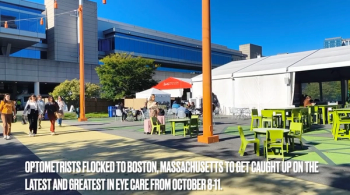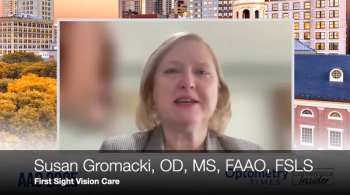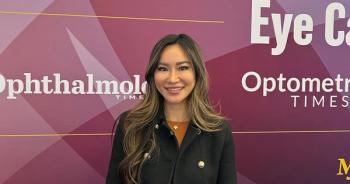
EyeControl allows people with ALS to communicate with their eyes
A new wearable device called EyeControl aims to give a voice to those who are unable to communicate by allowing them to speak using their eyes.
Tel Aviv, Israel-A new wearable device called
How it works
EyeControl is an infrared camera connected to a simple glasses frame that communicates with a credit-card sized computer. The computer identifies and translates the user’s blinks and eye movements into commands, which will output sound to earphones and to a speaker.
Related:
The device has three modes that can help the user communicate:
• An alert sound to call for assistance
• Various predefined sentences, such as “I’m cold” or “My hand hurts”
• Compose sentences similar to SMS messaging
(Images courtesy of EyeControl)
How it can help
EyeControl aims to help people who suffer from conditions like amyotrophic lateral sclerosis (ALS). Those who suffer from ALS gradually lose their ability to speak and control their limbs, while maintaining cognitive abilities-a condition commonly referred to as “locked in.” People who suffer from stroke, car accidents, and other muscular dystrophy diseases can also be locked in.
“The challenges of some of the simple activities of daily living for patients with neurologically based diseases such as ALS and multiple sclerosis are numerous,” says Optometry Times Editorial Advisory Board member Marc Taub, OD, MS, FAAO, FCOVD. “While this technology is obviously in its infancy, the promise that it holds to change lives is tremendous.”
More from Dr. Taub:
The device separates itself from similar communication devices for patients who are locked in because it will be relatively inexpensive and mobile.
The next steps
EyeControl has a patent pending and a working prototype. The company is trying to raise $30,000 through
The campaign will also help the company begin a comprehensive pilot program to identify problems and make necessary improvements. The funds will also be used to design a head-mounted device for the camera, improve the eye-tracking algorithm, and develop more features for the mobile app.
The company’s goal is to have the device available around the world within the next three years.
Newsletter
Want more insights like this? Subscribe to Optometry Times and get clinical pearls and practice tips delivered straight to your inbox.


















































.png)


